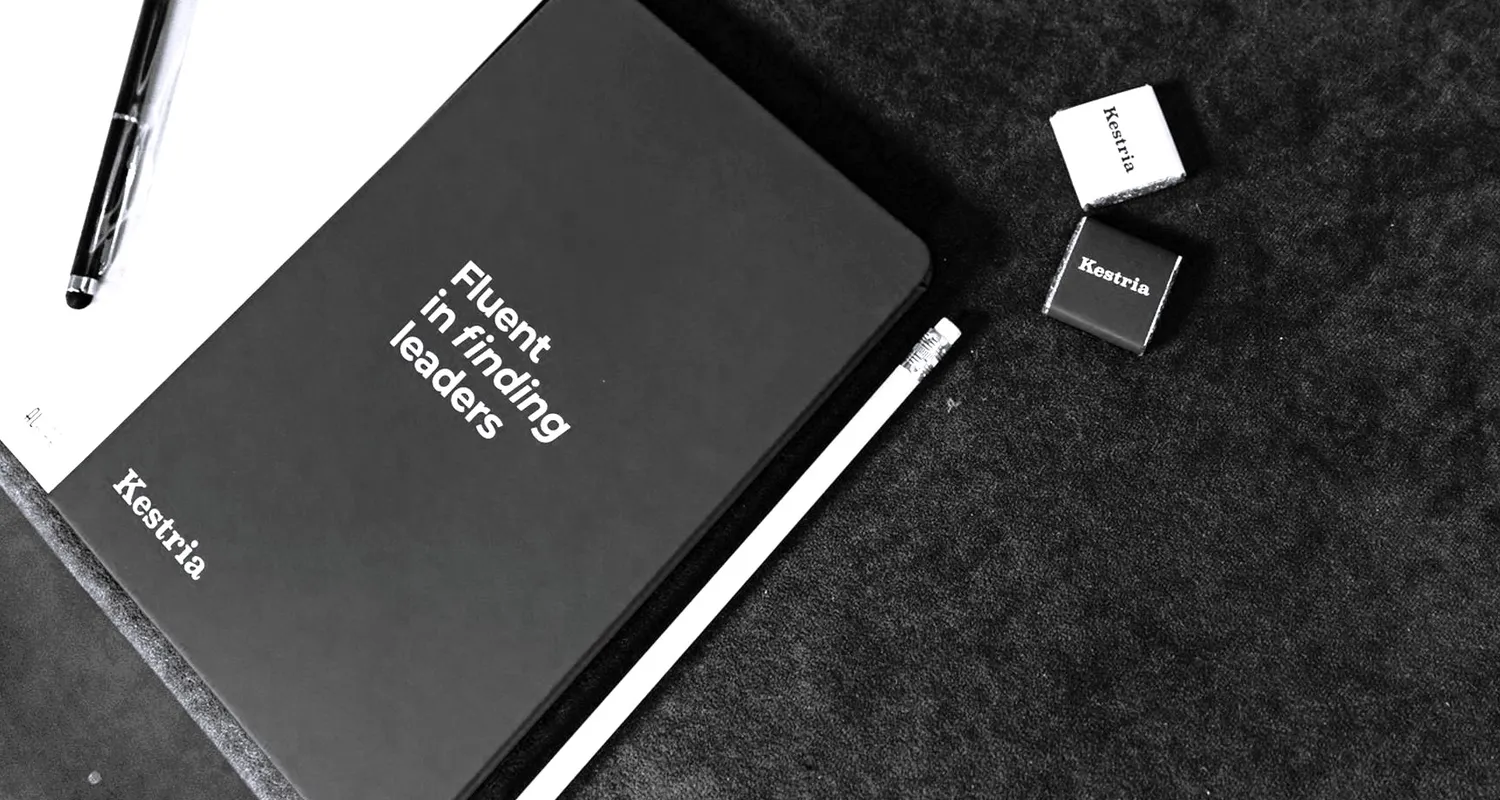Executive Summary:
- Leverage Age Diversity – A generational shift in the global workforce brings challenges that can be turned into opportunities with proactive measures.
- Embrace New Modes of Work – Millennials demand more flexibility and engagement from than previous generations, which can benefit productivity when properly managed.
- Champion the Mission – Younger generations in the workforce need to live and breathe a sense of purpose, which if clearly articulated and regularly reinforced, can boost morale and retention generally throughout an organization.
- Promote a Healthy Work-Life Balance – Younger generations in the workforce seek short-term rewards and a healthy work-life balance over long-term stability.
- Encourage Reverse Mentorship – Pairing younger mentors with older mentees provides an opportunity for knowledge sharing and an organic bridge, improving morale, productivity and retention.
- Provide Career Development Pathways – Developing internal and external pipelines of managers satisfies the need for millennial employees to feel challenged and heard, while taking on more responsibility and preparing for advancement within an organization.
Naturally, there’s a rift between generations born between 1981 and 1996, in the case of millennials, between 1965 and 1980, in the case of generation X and between 1946 and 1964 in the case of baby boomers.
Together, these three generations make up the bulk of today’s workforce, with millennials representing close to a quarter of the global population, according to “Millennial Moment”, a series published by the Financial Times. Millennials are quickly outnumbering previous generations, however, and will account for over 35% of the global workforce by 2020, the FT reports.
By recognizing the fact that millennials have come of age in a different technological era, with a different outlook on life and work than previous generations, organizations can take concrete steps to foster intergenerational relationships within their ranks and align younger employees with the organization’s values and strategic objectives.
A Different Focus
Millennials tend to be short-term focused, seeking immediate rewards and generally expecting fast promotions. They tend to care about protecting the natural world, seek a healthy work environment and demand much more attention and recognition, alongside more flexibility and a more favorable work-life balance than previous generations. They also demand a different quality of relationship with managers and want training and professional development opportunities while demanding to be challenged.
Baby Boomers, on the other hand, are more traditional in their approach to work. They tend to be more dedicated to their jobs, with ambitious, clear goals and are less sensitive to life balance issues, waiting longer for promotions without requiring constant feedback.
These different perspectives create potential risks to a productive work environment as job expectations and parameters can collide.
Human resource managers and millennials themselves make one phenomenon abundantly clear: new technologies have helped define a global millennial culture and levelled the playing field around the world. No matter the country, their approach to money, consumption, life and work is much the same. Many studies have pointed to the unifying characteristics of the millennial generation: they are tech-savvy, communicate via multiple platforms while privileging video and concise messages, they seek constant feedback, are eager to learn and want to perform meaningful tasks aligned with a strong sense of purpose.
Most companies recognize the growing presence of millennials within their ranks as a phenomenon to be managed, but strategies vary widely, not only by geography, but by the type of organization.
Some companies have no specific approach for handling the millennial generation in their ranks. Aurantiaca USA, for example, a company dedicated to the development and sale of coconut products from Brazil, treats millennials as it does any other employee group. Chief Operating Officer Angelo Veiga said the company differentiates itself to all employees, regardless of age, with its values and entrepreneurial culture to attract and retain them.
Similarly, Reckitt Benckiser Associate Human Resources Director for Peru, Ecuador and Venezuela, Milagros Aguilar, explained the company does not have specific strategies in place for managing millennials. The flex benefits the company has in place are oriented to diverse target groups, like young mothers and handicapped persons, as well as younger employees, she noted.
Proactive Strategies
IBM considers it important to court younger generations for its growing talent pool in Latin America. Millennials represent more than 20% of IBM’s workforce in Bolivia, Colombia and Peru, according to the company’s former CEO for the North Andean Region, Alvaro Merino Reyna. Compensation policies at IBM are of a global nature and have not been adjusted for millennials in particular, the executive said, but some benefits and local policies have been implemented to attract and retain younger employees, like flexible work schedules and an informal dress code.
While a blanket approach to recruitment and retention, regardless of generational differences, might appear to be a fair and consistent policy, it poses a risk when it comes to motivating millennials given their need for frequent recognition, meaningful work and their demand for a favorable work-life balance. Ignoring these factors is likely to dampen workplace morale and negatively impact employee retention.
At Hong Kong-based Li & Fung, over 50% of the workforce is already comprised of millennials and the company is being proactive in adjusting its compensation and benefits to ensure it appeals to the majority of its employees, said Chief Human Resources Officer Roger Young.
The company is tailoring its reward strategies to attract and retain millennials as e-commerce threatens traditional retail jobs, leading to the perception of poor job security for those positions, Young noted. It is also considering new benefits, like flexible work schedules, remote work options and a relaxed dress code. The way employees are compensated at different life stages is also being reviewed, along with their career interests and personal or family situations.
Li & Fung has also developed and launched an innovative tool that provides real-time feedback to employees, part of an integral multiplatform strategy geared towards enhancing communication and engagement.
Reverse Mentorship
Li & Fung introduced reverse mentoring in 2017, running pilots in the US and Western Europe, with more planned in Asia in 2019. The strategy is proving very powerful and although uncomfortable for some, brings a lot of added value if done properly, Young said. Under a pilot launched in New York for the US workforce, senior executives were matched with millennials for a six-month program with ongoing monitoring and follow up. The program was designed to facilitate a two-way conversation and benefit both the millennials and baby boomers within its ranks.
The program has opened up communication between the two generations and dissolved preconceived notions, allowing for real learning. It also exposed each party to a one-on-one relationship void of hierarchical baggage, providing an opportunity for baby boomers to be vulnerable and open to learning new technology. It also allowed the older generation to learn about the millennial as a consumer: how and where they shop, what they buy and why.
The millennial participant, on the other hand, is provided an opportunity to develop a relationship with a senior executive in another division of the company who they would never have had the chance to meet and speak to otherwise; they learned about a different business division and how it operates, the product and the customers. As these relationships develop, they learned to trust their older mentee and value their experience, seeking them out for advice and guidance as a mentor as well, even after the six month program ends.
The reverse mentoring program truly provided a two-way learning and networking opportunity for both parties involved, while improving the cohesiveness of the workforce and encouraging younger employees to develop their careers within the organization.
Professional Development
Another interesting initiative from the Fung Group is the Program for Management Development (PMD). The main objective of the program is to develop a pipeline of future senior managers with both internal and external candidates.
“This program has been in existence for 10 years and we have over 100 individuals in the company today who have completed the program and are in various management roles throughout the globe. They continue to bring innovative ideas, modern technology and different ways of working to the workplace, interacting with very senior level managers in all areas of our business,” said Young.
During and after the one-year program, the Management Associates are assigned to a mentor to continue their learning and build relationships outside of their areas of business. Building career-long relationships allows both individuals to benefit from their interaction and sharing of knowledge and experience. This group is sought after for their ability to adapt well to change, their capacity for analysis, digital expertise and flexibility,” Young noted.
A Challenge to Take Charge
The best way to retain millennials is by challenging them on an ongoing basis, according to Veronica Pacheco, former People Director at Everis Peru, an IT consulting firm held by NTT.
Assigning project leadership roles helps to develop soft skills and give collaborators purpose and a sense of ownership and pride, said Pacheco. This strategy has proved to be successful in both helping develop younger employees and increasing retention levels. Millennials want to live in the now and respond positively to being challenged, Pacheco said. They want to feel like they’re part of the team, be listened to and know they’re valued, she added, noting that they are encouraged when it’s clear their work contributes to the company’s mission.
Of course, ethics are critical to the millennial generation too, said Li & Fung’s Roger Young. Millennials, both as consumers and employees, tend to want to understand how things are made, which materials are used, if by sustainable and environmentally-safe practices. Companies must lead on ethical standards, Pacheco said, noting her company quickly dismisses employees for breaching its code of ethics.
Millennials tend to exhibit similar age-related consumption patterns, valuing variety and speed, on top of sustainability, Young said. Digital transformation is critical to make the company more attractive to millennials, said Young.
Embracing the Changing Tide
Millennials will soon account for over 50% of the global workforce, with Generation Z following behind to represent an additional 32% of the total population in 2019, according to Bloomberg.
While almost every company around the globe is conscious of changing workforce demographics, responses and strategies vary widely. On the one hand, companies with disruptive approaches are taking the lead by allowing more flexibility to attract and retain young talent, tailor specific programs for millennials and bridge the gap with other generations in the workplace. On the other hand, some organizations are taking a more conservative and reluctant approach.
Li & Fung clearly stands out for being proactive in managing human resources to bridge generational gaps. Successful programs such as reverse mentoring and the PMD have helped build diverse teams that come together to achieve common goals and improve performance. Baby boomers learn new systems and technology, while millennials improve their understanding of how to manage the customer and navigate within the company. This has allowed Li & Fung to optimize organizational performance, leverage age diversity and take advantage of multiple generations within its ranks to innovate and ensure it appeals to a broad base of consumers.
Sooner than later, the growing presence of millennials in the workforce will accelerate what is already a clear trend towards greater flexibility, disruption and new technologies defining the modern workplace. Is your organization ready?



